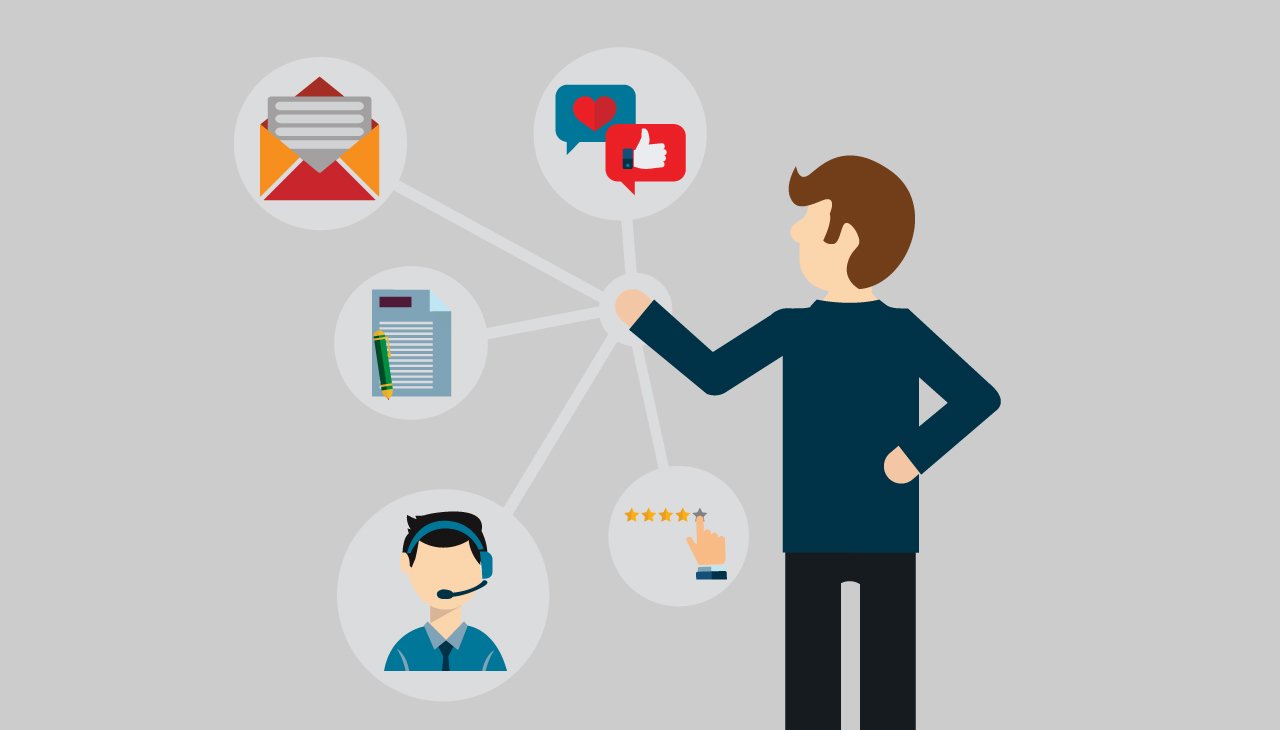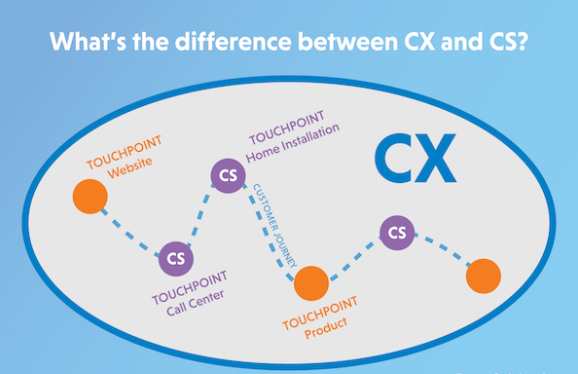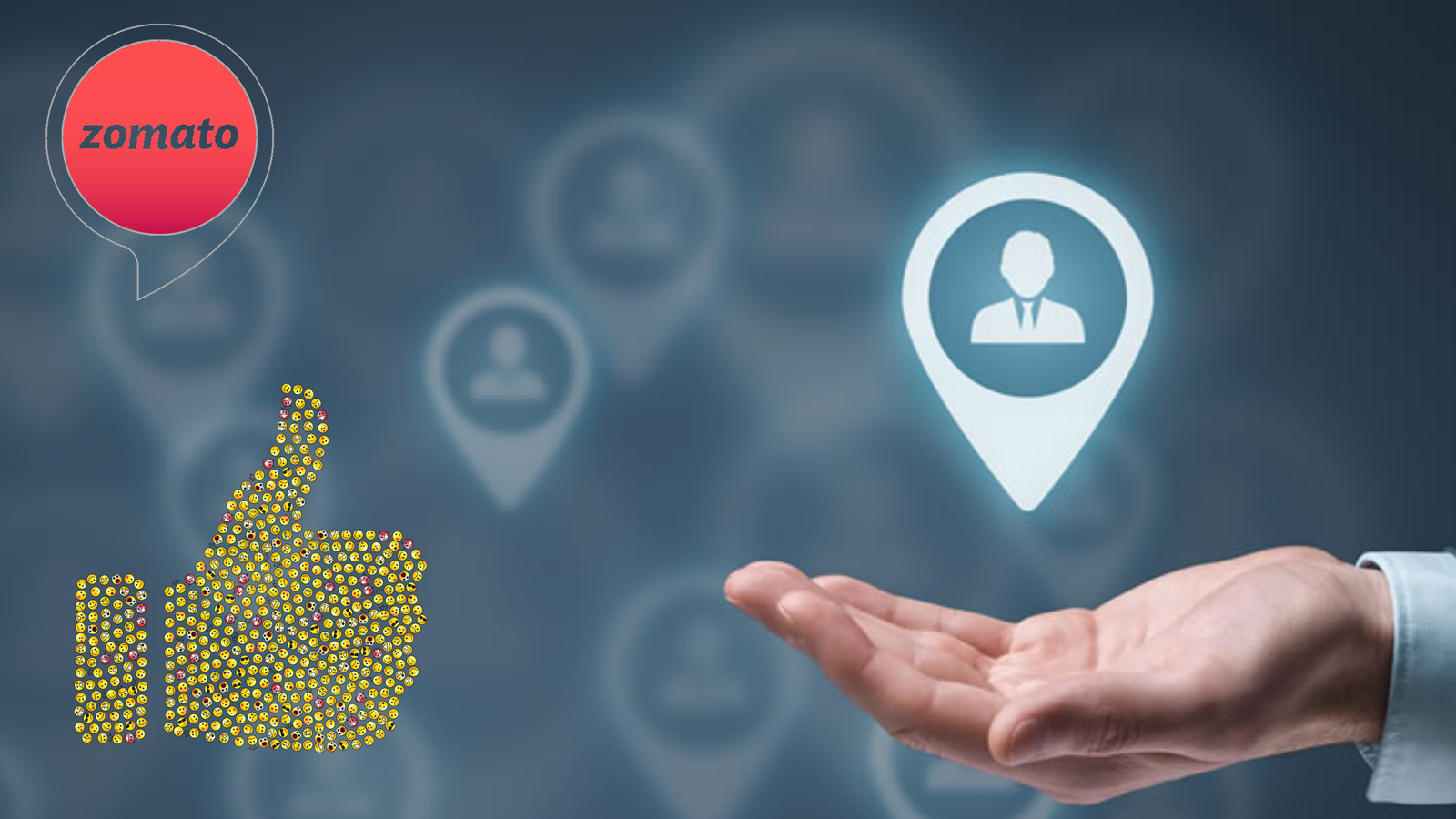It’s no secret that emotions drive behavior. Happy people whistle. Angry drivers crash cars. And now, with the help of emotion detection and analytics, more companies are tuning into their customers’ feelings in an attempt to learn what makes them tick.
This customer’s emotions will eventually determine their brand loyalty and likelihood of churning. That’s why monitoring customer sentiment through emotion recognition is becoming an increasingly important way to improve customer experience. As you’d expect, it’s all about the data.
What is emotion detection?
Emotion detection measures an individual’s verbal and non-verbal communication in order to understand their mood or attitude. The idea is to evaluate a customer’s experience with a product or their interaction with a representative of the company and to uncover any weak links that cause negative reactions. Also known as emotion analytics, the ramifications of implementing this technology into customer support systems are endless.
Limitations of current feedback systems
Many popular KPIs – such as NPS and CES – are single questions, with or without a free text option. At best, they provide a narrow snapshot of likelihood to recommend or level of effort. Such feedback is collected at the end of a customer interaction and is biased by the outcome – it doesn’t tell the story of the ‘ups and downs’ of the episode.
Emotional language is limited – is there a material difference between being happy and elated, frustrated and dissatisfied, or surprised and confused? Then there’s Heisenberg’s uncertainty principle – the idea that the evaluation itself will impede upon the system being evaluated in unpredictable ways. In other words, it’s essentially unscientific to ask a customer to evaluate their own emotional reactions.
That’s why emotion recognition represents a ‘secret weapon’ for any business looking to get ahead by getting inside the heads of their customers.
How Does Human Emotion Detection Work?
Emotion detection is an effective and objective measure of consumer feedback, which uses artificial intelligence to detect and analyze data, without requiring customers to take any additional action. In other words, you can’t fake your feelings. Examples of technological methods for analyzing emotional data include:
Text (Sentiment) analysis:- uses algorithms to analyze text and determine whether the writer’s perception of a specific topic is positive, negative or neutral. Sentiment analysis has become a key tool for making sense of the multitudes of opinions expressed every day on review sites, forums, blogs, and social media.
Speech analysis:- refers to the process of analyzing voice recordings or live customer calls using voice emotion recognition software to find useful data, such as stress in a customer’s voice. For example, smart speakers can measure your mood and select music to match it. The technology can also be used in fraud prevention, analyzing the unique vocal characteristics that may indicate dishonesty or concealment of information.
Facial Analysis:- uses facial emotion recognition technology to analyze a person’s expressions within a photo or video, such as raised eyebrows, smirks or wide smiles. By setting specific parameters around different facial reactions, educators can spot struggling students in a classroom environment, while security forces can detect individuals with malicious intent at public events.
While these are exciting uses of algorithm-based technology, the goal for enterprises is to apply the lessons learned from recognising and analyzing emotions to improve their relationship with customers.
Business Applications of Emotion Detection
Leading B2C providers are now taking these lessons “to heart,” holistically combining the various technologies to optimize customer assistance at every stage of the journey.
1. Emotion-based call routing
Emotion analytics can be used to pick up on a customer’s tone of voice and mood, and to classify the call with the right priority to the right agent. For example, an angry customer might be routed to the customer retention team, while a happy, satisfied customer might be routed to the sales team to be pitched a new product or service.
When an agent is in tune with a customer’s feelings, the conversation can be tailored to ensure empathy, thereby enhancing CX. For example, emotion recognition software can ensure that a frustrated customer might be greeted differently than a happy customer, and a sad customer who might appreciate a few warm words at the start of the conversation will be greeted appropriately.
3. Tracking emotional reactions over time
Data provided by emotion analytics is multifaceted and can provide information on every aspect of the interaction at each moment of the episode. For example, contact centers might tweak their processes when emotion analytics indicates that while a friendly introduction is effective, the follow-up identification process is seen as intrusive and annoying.
4. Delivering corporate-level analytics
Decision-makers benefit from a goldmine of data that helps them understand at the macro level which of their products or services elicit specific emotions. For example, a perfume manufacturer might rely heavily on emotion analytics to finetune its formulas based on customer reactions to specific notes of fragrances, or an ad campaign may be pulled when analytics detect that a specific percentage of people grimace when they see a particular image.
The ability to read a customer’s emotions is clearly a game-changer when it comes to improving CX. And the introduction of computer vision has upped the ante, as new advanced technologies enable computers to both see and interpret the customer’s facial emotions simultaneously, creating unprecedented possibilities for intuitive service.
Visual Assistance is the Key to Holistic Emotion Analytics
Visual Assistance is an emerging technology that enables agents and product experts to visually guide customers using augmented reality during live video sessions. With the introduction of dual camera recording, companies can leverage split-screen snapshots taken simultaneously with both front and rear smartphone cameras, providing a glimpse of both a customer’s facial expressions and their environment.
The Potential Role of Emotion Detection in the Call Center
Real-time insights into customers’ emotions can help agents engage with them in a highly personalized manner and deliver empathetic service, a vital quality in today’s customer-centric business environment. For example, agents providing instructions for setting up a smart TV can see confusion registering on a customer’s face, enabling them to repeat or simplify the steps.
Voice analytics may help an agent detect high levels of frustration and provide personalized service that addresses the customer’s specific issue. When there’s a language barrier or a noisy environment, a voice-to-text app will enable agents to benefit from sentiment analysis, providing insights into a customer’s mood when speech or facial analysis is not possible.
Emotion Detection Brand Loyalty Customer’s Emotions Customer Experience Heisenberg’s Uncertainty Principle Consumer Feedback Artificial Intelligence Customer Retention Computer Vision






